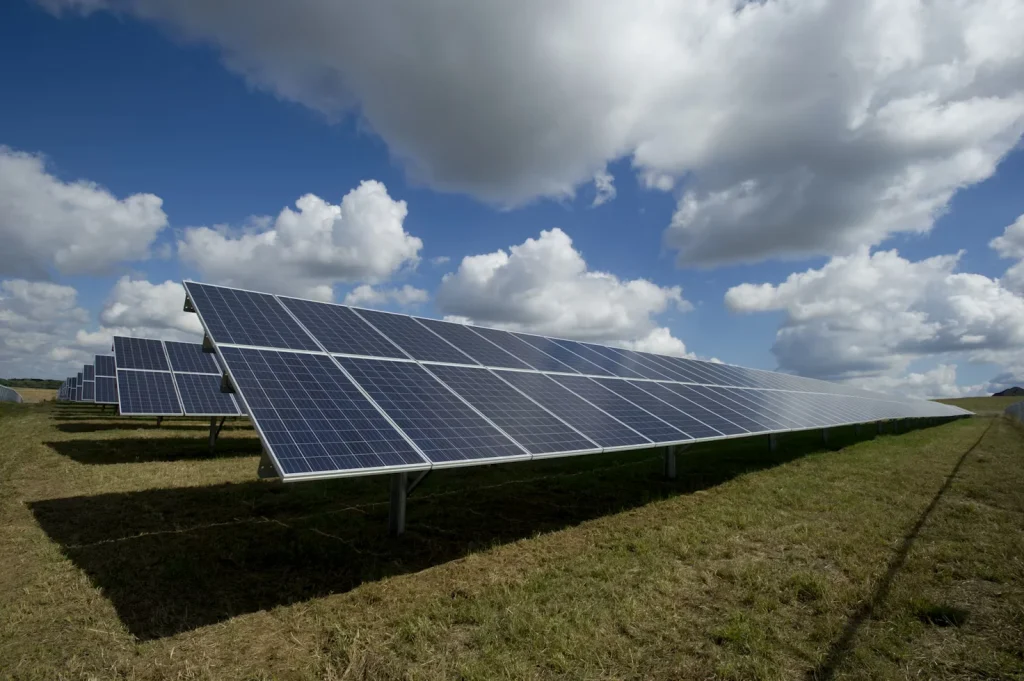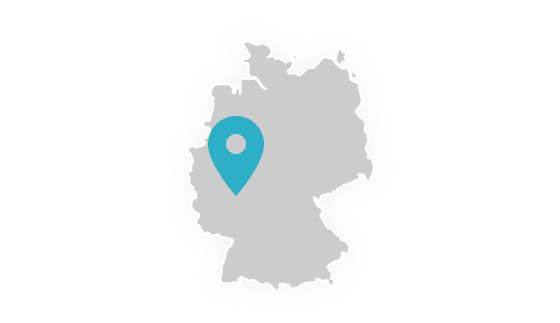Energy management software has become a vital tool for businesses and industries aiming to monitor, optimize, and manage their energy consumption effectively. Whether you’re dealing with renewable energy sources like solar and wind or traditional power grids, energy management software solutions help to reduce operational costs, enhance energy efficiency, and promote sustainability. By leveraging data analytics, IoT devices, and advanced algorithms, these systems allow companies to make data-driven decisions that lead to significant savings and regulatory compliance.
What is a Renewable Energy Management System?
A Renewable Energy Management System (REMS) is a specialized software solution designed to monitor, control, and optimize the performance of renewable energy sources such as solar, wind, or hydro. These systems ensure that renewable energy assets are efficiently integrated into the energy grid, optimizing energy generation, storage, and distribution. REMS plays a critical role in reducing energy waste and ensuring that renewable resources are utilized to their fullest potential, especially in large-scale energy infrastructures.
What is SCADA for Renewable Energy?
Supervisory Control and Data Acquisition (SCADA) systems are used in renewable energy to provide real-time monitoring and control of energy assets like solar farms, wind turbines, and hydropower plants. SCADA systems gather and analyze data from multiple energy sources, enabling operators to remotely monitor performance, adjust parameters, and ensure smooth integration with the grid. This helps in optimizing energy production, reducing downtime, and improving overall operational efficiency.

What is Energy Management System Software?
Energy Management System (EMS) software refers to a suite of applications designed to monitor, control, and optimize a facility’s energy usage. EMS software tracks energy consumption in real-time, allowing businesses to make informed decisions regarding energy efficiency, load management, and cost reduction. It also provides analytics and reports that help in identifying areas for improvement, ultimately contributing to reduced energy waste and optimized processes.
What is an Example of an Energy Management System?
Several popular energy management systems are widely used across industries. Examples include:
- Siemens Desigo CC: A comprehensive platform for building automation and energy management that offers real-time monitoring and reporting.
- Honeywell Energy Manager: A system designed to enhance energy efficiency in industrial and commercial buildings by integrating energy monitoring and control features.
- Schneider Electric EcoStruxure: This platform offers energy management solutions for industries ranging from manufacturing to data centers, providing detailed analytics and optimization tools.
Key Features of Energy Management Software
Energy management software offers various features that make it indispensable for modern businesses:
- Real-time Monitoring: Allows businesses to track their energy consumption in real-time for timely decision-making.
- Predictive Maintenance: Utilizes AI and machine learning algorithms to predict potential issues in energy systems, allowing for proactive maintenance.
- Analytics and Reporting: Provides in-depth insights into energy usage patterns, helping businesses optimize their energy consumption.
- Integration with Renewable Energy Sources: Ensures that renewable energy assets such as solar and wind are seamlessly integrated into the grid.
- Customizable Dashboards: Allows users to create personalized views of energy data for better control and decision-making.

Benefits of Energy Management Software Solutions
Implementing energy management software solutions offers several key advantages:
- Cost Reduction: By optimizing energy usage, companies can significantly reduce operational costs.
- Enhanced Sustainability: Energy management systems help businesses meet their sustainability goals by optimizing the use of renewable energy sources and reducing carbon footprints.
- Improved Energy Efficiency: Businesses can track energy use in real-time, identify inefficiencies, and implement corrective measures.
- Regulatory Compliance: Energy management software helps businesses stay compliant with local and international energy regulations by tracking and reporting energy consumption.
Energy Management Software Development
Developing energy management software requires a deep understanding of various technologies such as IoT, AI, and big data analytics. Custom energy management solutions can be built to cater to the specific needs of businesses, allowing them to integrate renewable energy sources, automate processes, and reduce manual interventions. Energy management systems software often includes predictive maintenance tools, advanced analytics, and real-time monitoring features that contribute to greater efficiency.
Conclusion
Adopting energy management software is crucial for businesses aiming to optimize energy usage, cut costs, and contribute to a more sustainable future. With the ability to integrate renewable energy sources, monitor energy consumption in real-time, and provide valuable insights, energy management software solutions are a smart investment for companies looking to enhance their energy efficiency and stay ahead in the ever-evolving energy landscape.
Stay Connected
If you’re ready to transform your business with cutting-edge energy management systems, Insoftex can help you build custom solutions tailored to your specific needs. Let’s talk about how we can improve your energy efficiency and sustainability efforts today!







